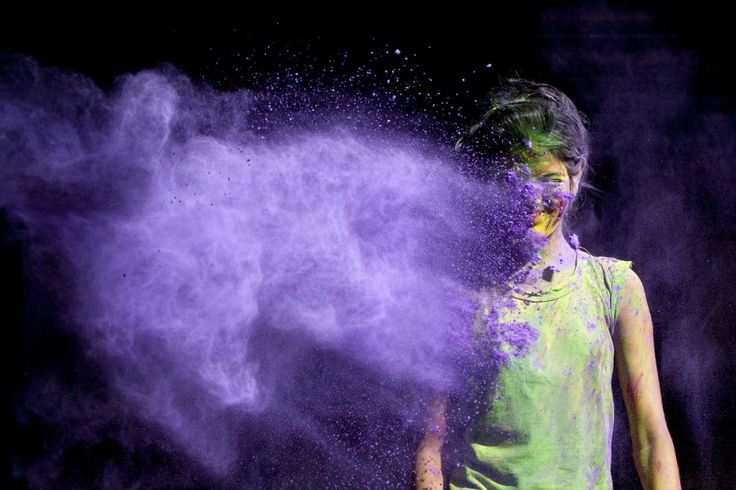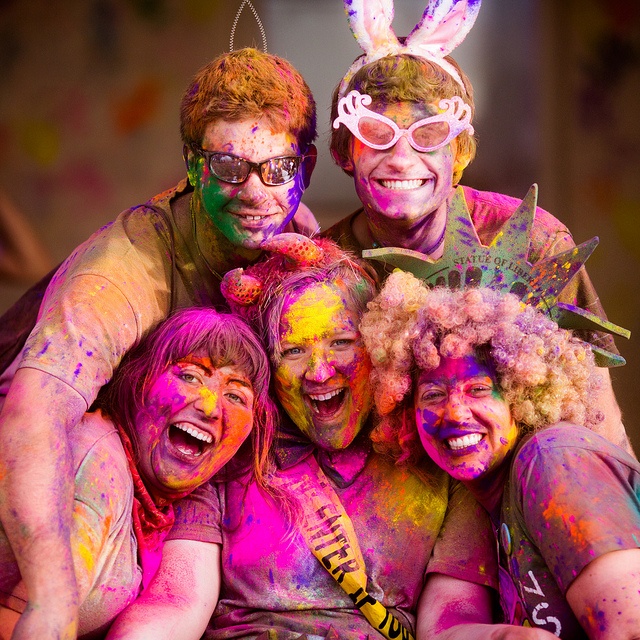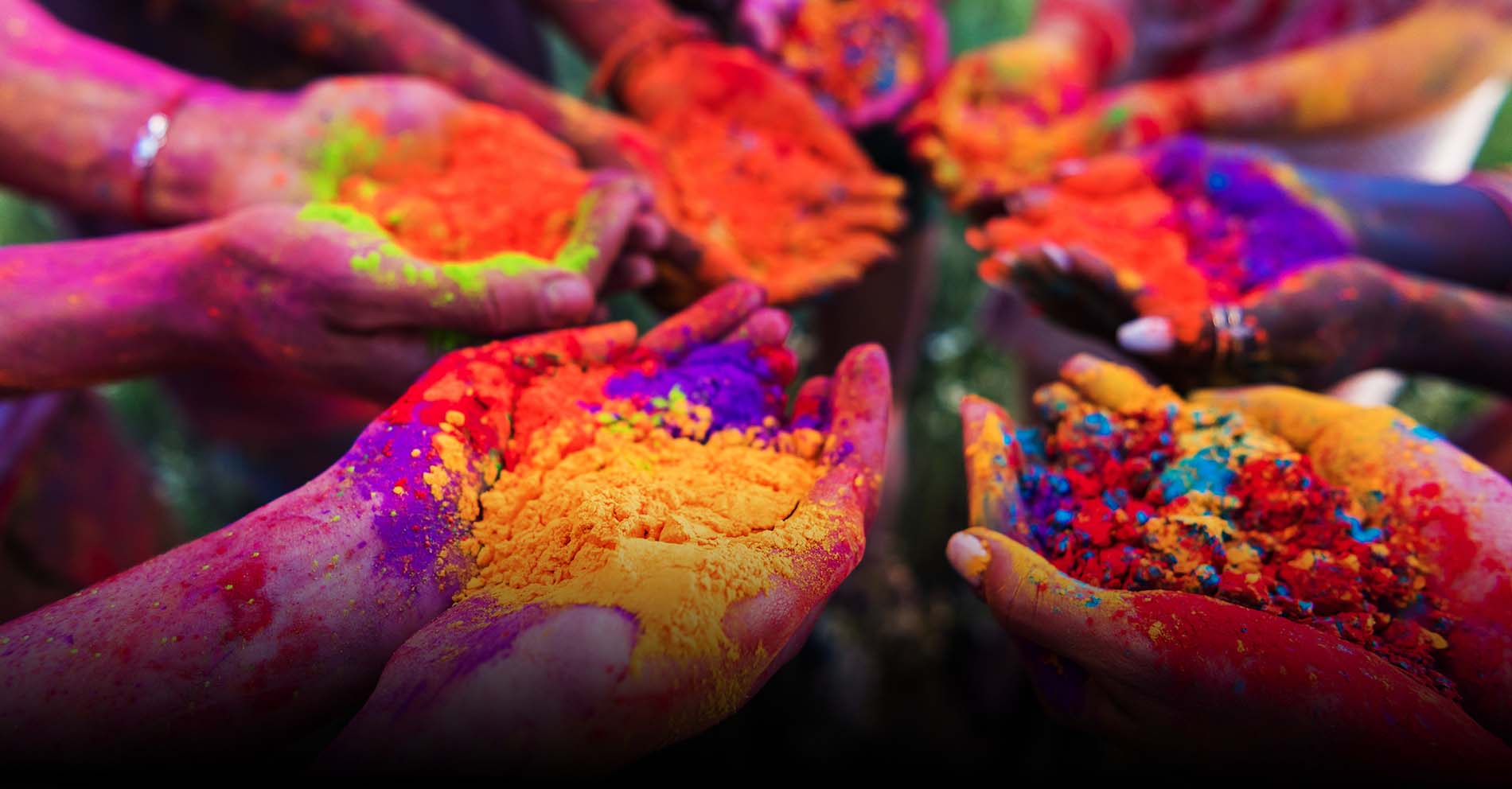
Holi, the Festival of Colors, is an exuberant and ancient Hindu celebration that extends beyond its religious roots to become a vibrant expression of unity, joy, and renewal. Falling usually in March, it heralds the arrival of spring, bidding farewell to winter's chill. Holika Dahan, the ritualistic bonfire on the eve of Holi, is a symbolic act where communities come together to light pyres representing the triumph of good over evil. The tale of Prahlad and Holika, an integral part of Holi, adds depth to the festival's significance, underscoring the victory of devotion and righteousness. The heart of Holi lies in the playful and vivid splashing of colors. Streets and open spaces transform into a riot of hues as people joyfully throw powdered pigments and splash water on each other. This colorful revelry goes beyond mere merrymaking; it symbolizes the breaking down of societal barriers, as participants, irrespective of age, gender, or social status, become equal participants in the kaleidoscopic celebration. The air is filled with laughter, music, and the spirit of camaraderie. Traditional sweets like gujiya, mathri, and various regional delicacies become an integral part of Holi's culinary delights. Families and friends come together to share these festive treats, strengthening bonds and fostering a sense of community. The festival also encourages forgiveness and reconciliation, allowing individuals to mend strained relationships and start anew. The festival's infectious energy extends to music and dance. Traditional folk songs and lively dance performances amplify the festive atmosphere, turning Holi into a sensory feast. The celebration often spills into public spaces, with organized events, parades, and cultural performances adding to the communal fervor. In recent years, Holi's popularity has transcended cultural and geographical boundaries, attracting participants from diverse backgrounds globally. The universality of its message – of joy, harmony, and the triumph of good over evil – has turned Holi into a celebrated cultural phenomenon, inviting people worldwide to partake in its exuberance and vibrancy. Holi is not just a festival; it is a celebration of life, diversity, and the shared human experience, making it a cherished and enduring tradition.


